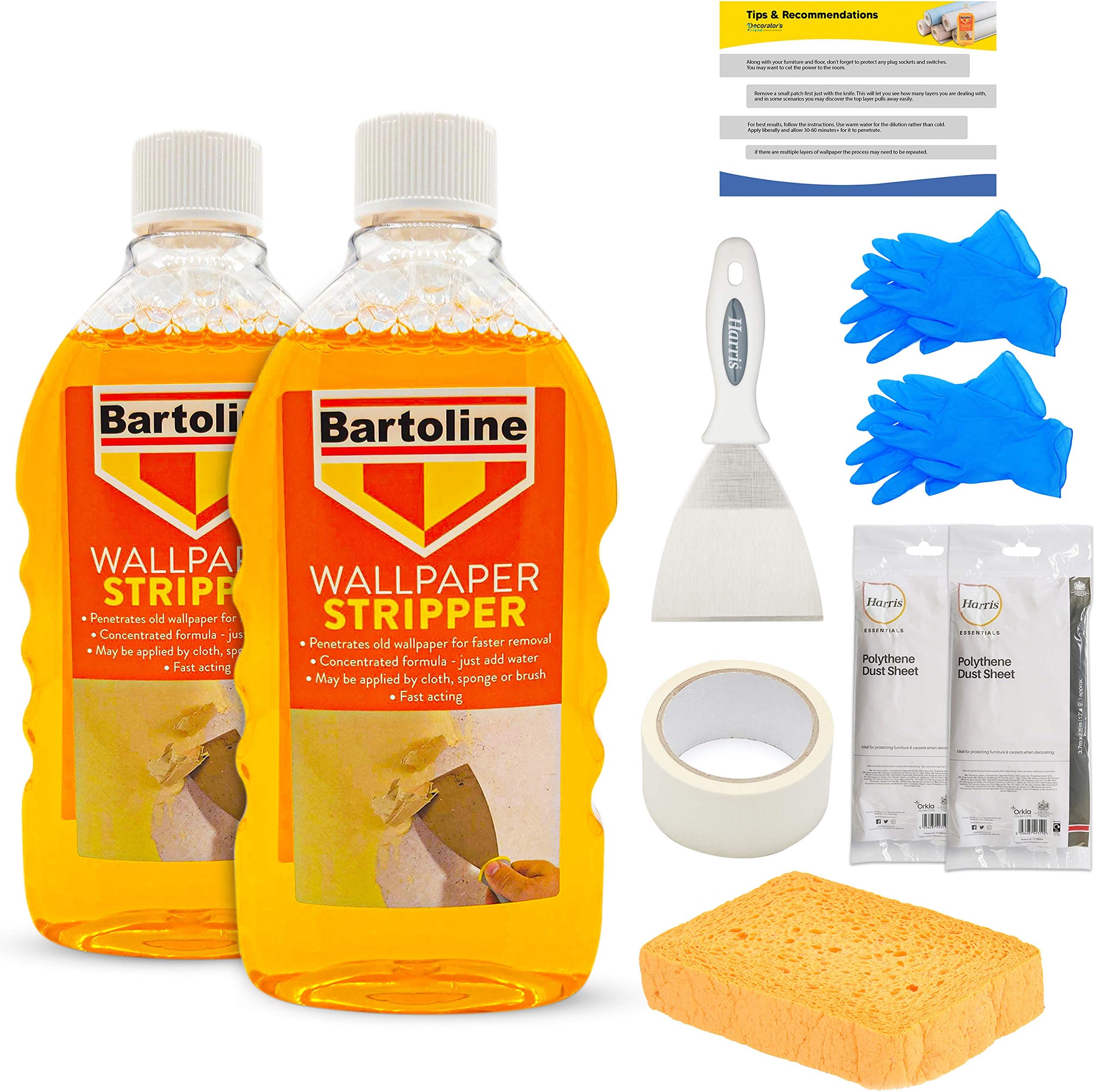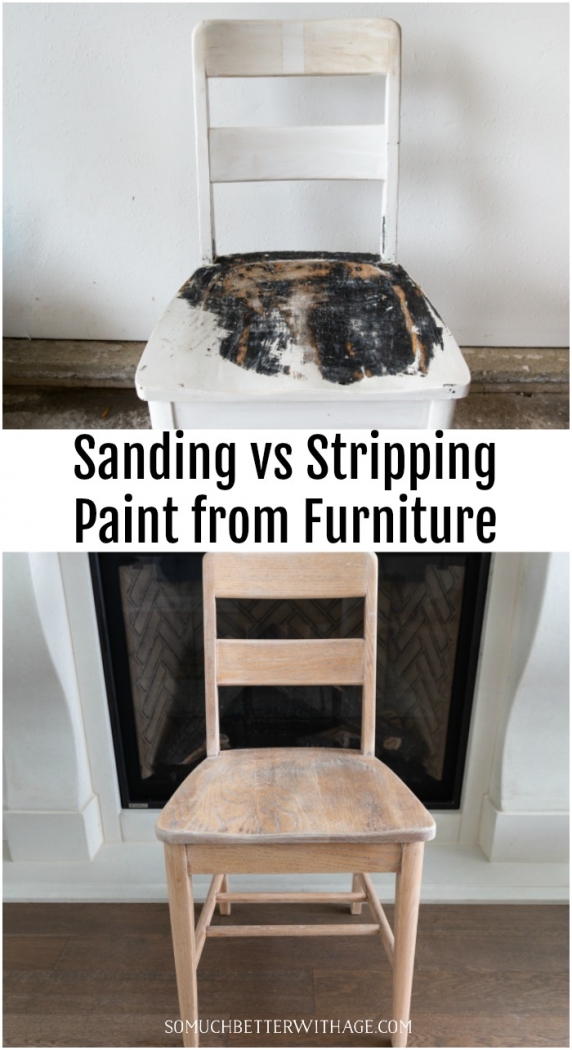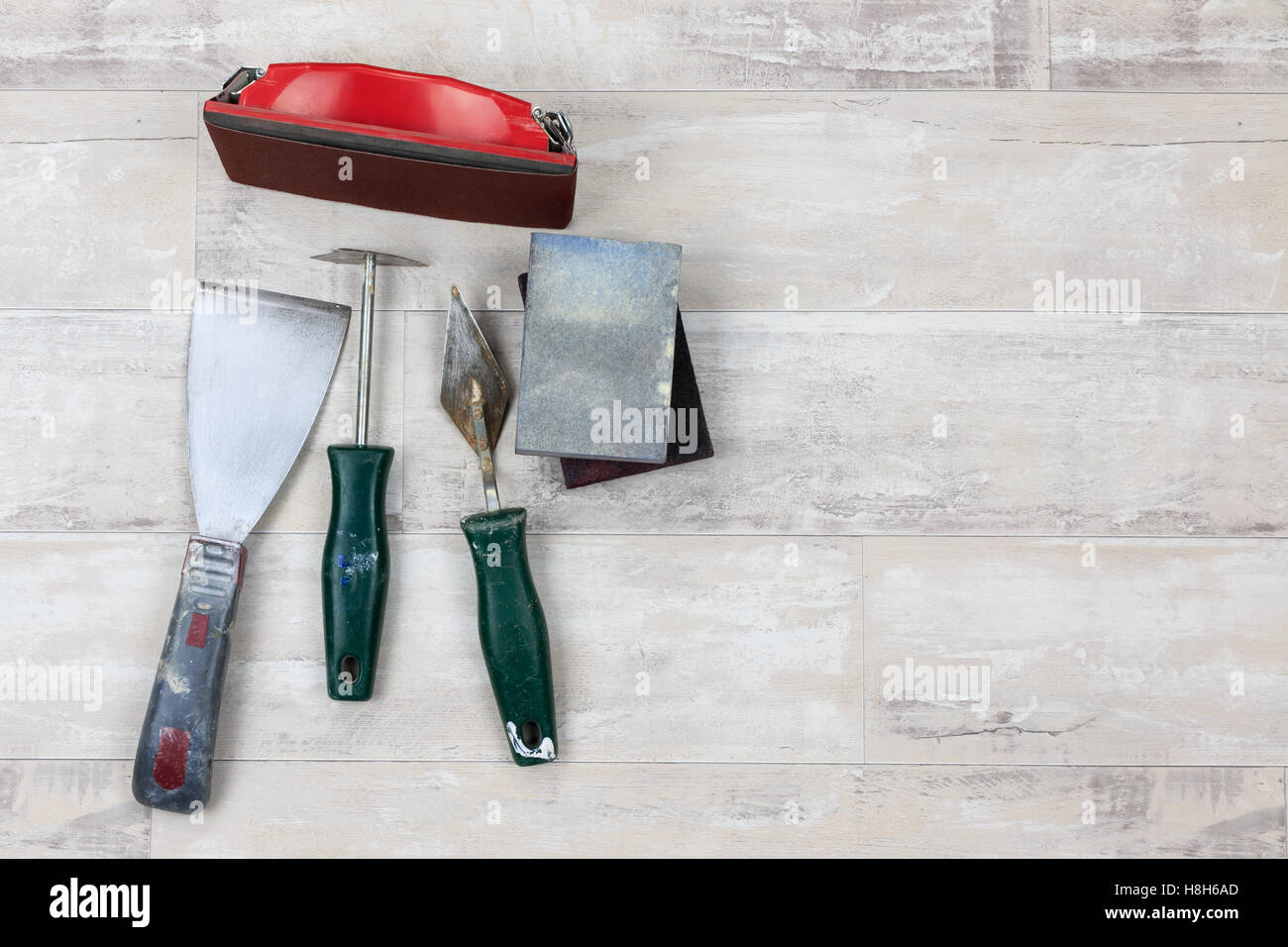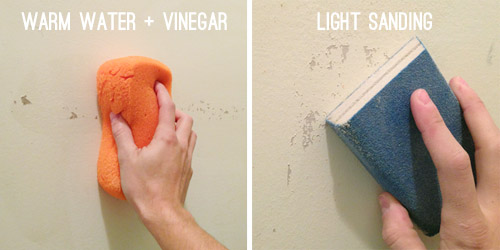Paint Stripper Vs Sanding
Paint Stripper Vs Sanding: Which Paint Removal Method is Right for Your Project?
So, you've decided it's time to breathe new life into an old piece of furniture, a vintage door, or even some worn trim. Fantastic! But before you can apply that beautiful new finish, you must tackle the dreaded old paint. This inevitably leads to the age-old DIY question: Should I grab a bottle of paint stripper or rely on the grit of sanding?
Choosing the right method is crucial. Get it wrong, and you could spend twice the time, ruin the surface underneath, or create a hazardous mess. This guide dives deep into the battle of Paint Stripper Vs Sanding, helping you determine the most efficient, safest, and most effective approach for your specific refinishing needs.
Why You Need to Choose Wisely: Paint Stripper Vs Sanding
The decision isn't just about what is faster; it's about preserving the material underneath, especially if you are working with valuable wood or intricate architectural details. Both chemical stripping and abrasive sanding have distinct roles, and understanding these roles is the first step toward a successful outcome.
If you are dealing with decades of layered paint, sanding might take forever and wear down the underlying surface unevenly. Conversely, if you only have a thin layer of relatively new finish on a flat surface, abrasive removal might be quicker and require less cleanup than a messy chemical process. Let's break down each method so you can make an informed decision.
Deep Dive into Paint Stripper: Chemical Power
Chemical paint stripper works by breaking down the bond between the paint and the substrate, typically causing the paint to bubble and lift. Modern strippers come in various forms, ranging from highly potent methylene chloride-based products (often restricted due to toxicity) to safer, non-toxic, citrus-based alternatives.
When you apply a stripper, it's a waiting game. You spread the gel or liquid, cover it (sometimes), and let chemistry do the heavy lifting. Once softened, the paint can usually be scraped off easily with a putty knife or specialized stripping tool, revealing the raw surface underneath without damaging it through friction.
When to Use Chemical Strippers (The 'Why')
If your project involves delicate curves or deep carvings, chemical strippers are often the superior choice because they penetrate where sandpaper cannot reach. Here are the perfect scenarios for using a chemical stripper:
- Intricate Details: Items like balusters, detailed molding, or carved furniture legs where sanding would ruin the profile.
- Multiple Layers: If the piece has five or more layers of old paint, especially lead paint, stripping minimizes dust exposure.
- Heat-Sensitive Materials: Necessary when removing paint from fiberglass or plastic where heat from power sanding could cause warping.
- Soft Woods: Removing paint from delicate woods like pine or cedar where aggressive sanding could cause significant gouging.
Pros and Cons of Chemical Paint Strippers
Understanding these points will significantly help you decide between Paint Stripper Vs Sanding for your specific job.
- Pro: Minimal Damage to Substrate. Chemical strippers remove the finish without removing the material underneath.
- Con: Messy Cleanup. Dealing with chemical sludge and proper disposal can be tedious and sticky.
- Pro: Handles Heavy Buildup. Effective at removing deep, historical paint layers that would clog sandpaper instantly.
- Con: Fumes and Safety Hazards. Requires excellent ventilation and heavy-duty personal protective equipment (PPE).
- Pro: Saves Time on Detail Work. Faster than trying to sand tiny crevices by hand.
- Con: Requires Neutralization. Some stronger strippers require a final wash or neutralizing step before you can apply a new finish.
The Abrasive Route: Mastering Sanding
Sanding is a physical process that involves using abrasive material to grind away the paint layer. This is the more traditional method, relying on elbow grease and, increasingly, power tools. Sanding doesn't just remove the paint; it also smooths and prepares the surface simultaneously, which is a major advantage.
When sanding, you typically start with a coarse grit (like 60 or 80) to remove the majority of the paint, and then progressively move to finer grits (120, 150, 220) to smooth out the scratches left by the previous grit, ensuring a flawless finish ready for stain or paint.
Ideal Scenarios for Sanding (The 'When')
Sanding truly excels on large, flat surfaces and where the existing paint layer is minimal or flaking badly. You gain control over the depth of removal, which is great for preserving the wood grain.
- Single or Thin Layers: Ideal when you only need to remove a single coat of relatively thin, modern paint.
- Flat Surfaces: Perfect for tabletops, simple doors, or large sheets of drywall/plywood.
- Imperfections: If the underlying surface has minor scratches, dents, or unevenness, sanding will fix these while removing the paint.
- Quick Touch-Ups: For spot removal or feathering edges before repainting.
Weighing the Benefits and Drawbacks of Sanding
While often seen as the simpler method, sanding requires skill and patience to avoid damaging the material. It's important to acknowledge both sides before committing.
The main benefit is the immediate smoothness you achieve. Unlike chemical stripping, which often leaves behind residue and requires a final light sanding anyway, abrasive removal brings you closer to the final step faster.
- Benefit: Dual Function. Removes paint and smooths the surface simultaneously.
- Drawback: Dust Nightmare. Generates large amounts of fine dust, requiring extensive containment and PPE.
- Benefit: Controlled Removal. You can stop precisely when the paint is gone, minimizing the risk of over-sanding.
- Drawback: Potential for Damage. Aggressive or uneven sanding can create circular marks, divots, or unevenly thin the material.
- Benefit: Lower Skill Entry. Power sanders are generally intuitive to use, though mastering technique takes time.
- Drawback: Ineffective on Curves. Difficult or impossible to effectively sand intricate areas without specialized tools.
Essential Sanding Tools You Might Need
Depending on the project size, relying solely on hand sanding is inefficient. These tools make the abrasive route viable for larger jobs:
- Random Orbit Sander: The indispensable workhorse for achieving a swirl-free finish on flat surfaces.
- Detail Sander (Mouse Sander): Excellent for getting into corners and smaller, awkward areas.
- Belt Sander: Reserved for heavy stock removal on large, very flat areas (use with caution, as these can remove material quickly).
- Dust Extractor/Shop Vac: Crucial for connecting to sanders to minimize airborne dust immediately.
Making the Final Choice: Paint Stripper Vs Sanding
In many restoration projects, the real answer is often "both." A hybrid approach uses chemical strippers to remove the bulk of the old paint, followed by light sanding (starting at 120 grit) to smooth out the grain and remove any residual stripper residue.
However, if you must choose just one, use this simple rule of thumb based on the project criteria:
| Criteria | Choose Paint Stripper If... | Choose Sanding If... |
|---|---|---|
| Surface Shape | Highly detailed, carved, or molded. | Large, flat, and easily accessible. |
| Paint Thickness | Multiple, old, thick layers (potentially lead-based). | One or two thin, modern coats. |
| Environment | You can work outdoors or in a well-ventilated space. | You need low-fume removal (but expect high dust). |
| Desired Finish | You want to preserve the wood material completely. | The surface requires smoothing and leveling anyway. |
Always perform a test patch first. Apply your chosen stripper or start sanding on a small, inconspicuous area. This allows you to gauge how the paint reacts and confirm your chosen process will yield the results you need without committing to the entire project prematurely.
Wrapping Up Your Decision
Deciding between Paint Stripper Vs Sanding boils down to respecting the material you are working with and understanding the constraints of your environment. Chemical stripping excels when precision and surface preservation are paramount, making it the hero for antiques and ornate moldings.
Conversely, sanding is the champion of efficiency for large, flat surfaces that require smoothing as well as paint removal. Whichever route you choose, prioritize safety by wearing appropriate gear—gloves, respirators, and eye protection—especially when dealing with older finishes that may contain hazardous materials like lead. Happy refinishing!
Frequently Asked Questions About Paint Removal
- Is it necessary to sand after using a paint stripper?
- Yes, almost always. Even the best strippers leave minor residue and slightly raise the wood grain. A final light sanding (150-220 grit) is necessary to ensure the surface is perfectly smooth and ready to accept the new finish.
- Can I use a heat gun instead of chemical paint stripper?
- A heat gun is a valid third option, especially for exterior projects or removing oil-based paint. However, heat guns require great care as excessive heat can scorch the wood or release highly toxic fumes from older (lead) paints. They are excellent when paired with a good scraper.
- Which method is better for removing lead paint?
- When dealing with lead paint, minimizing dust is critical. Therefore, chemical stripping is generally safer than sanding, provided you follow strict safety guidelines, including using a heavy-duty respirator and wet-scraping the resulting sludge.
- Does paint stripper work on metal surfaces?
- Yes, chemical strippers are highly effective on metal (such as car parts or patio furniture). Unlike wood, you don't need to worry about the grain, but you must select a stripper formulated to be safe for the specific type of metal you are working with.
Paint Stripper Vs Sanding
Paint Stripper Vs Sanding Wallpapers
Collection of paint stripper vs sanding wallpapers for your desktop and mobile devices.

Mesmerizing Paint Stripper Vs Sanding Photo Photography
Experience the crisp clarity of this stunning paint stripper vs sanding image, available in high resolution for all your screens.

Amazing Paint Stripper Vs Sanding View Art
Explore this high-quality paint stripper vs sanding image, perfect for enhancing your desktop or mobile wallpaper.

Artistic Paint Stripper Vs Sanding Photo Collection
This gorgeous paint stripper vs sanding photo offers a breathtaking view, making it a perfect choice for your next wallpaper.

Lush Paint Stripper Vs Sanding View Concept
Find inspiration with this unique paint stripper vs sanding illustration, crafted to provide a fresh look for your background.

Lush Paint Stripper Vs Sanding Moment Illustration
This gorgeous paint stripper vs sanding photo offers a breathtaking view, making it a perfect choice for your next wallpaper.

High-Quality Paint Stripper Vs Sanding Picture Concept
Transform your screen with this vivid paint stripper vs sanding artwork, a true masterpiece of digital design.

Breathtaking Paint Stripper Vs Sanding Abstract Concept
Experience the crisp clarity of this stunning paint stripper vs sanding image, available in high resolution for all your screens.

Breathtaking Paint Stripper Vs Sanding Landscape Digital Art
Explore this high-quality paint stripper vs sanding image, perfect for enhancing your desktop or mobile wallpaper.

Breathtaking Paint Stripper Vs Sanding Wallpaper for Mobile
Explore this high-quality paint stripper vs sanding image, perfect for enhancing your desktop or mobile wallpaper.

Beautiful Paint Stripper Vs Sanding Design Art
Transform your screen with this vivid paint stripper vs sanding artwork, a true masterpiece of digital design.

Amazing Paint Stripper Vs Sanding Design Collection
Explore this high-quality paint stripper vs sanding image, perfect for enhancing your desktop or mobile wallpaper.

Crisp Paint Stripper Vs Sanding Artwork Photography
This gorgeous paint stripper vs sanding photo offers a breathtaking view, making it a perfect choice for your next wallpaper.

Artistic Paint Stripper Vs Sanding View Nature
Find inspiration with this unique paint stripper vs sanding illustration, crafted to provide a fresh look for your background.

Spectacular Paint Stripper Vs Sanding Scene for Your Screen
A captivating paint stripper vs sanding scene that brings tranquility and beauty to any device.

Exquisite Paint Stripper Vs Sanding Abstract in 4K
Find inspiration with this unique paint stripper vs sanding illustration, crafted to provide a fresh look for your background.

High-Quality Paint Stripper Vs Sanding Photo Concept
Experience the crisp clarity of this stunning paint stripper vs sanding image, available in high resolution for all your screens.

Stunning Paint Stripper Vs Sanding Scene Art
A captivating paint stripper vs sanding scene that brings tranquility and beauty to any device.

Spectacular Paint Stripper Vs Sanding Scene Illustration
Find inspiration with this unique paint stripper vs sanding illustration, crafted to provide a fresh look for your background.

Beautiful Paint Stripper Vs Sanding Scene for Desktop
Explore this high-quality paint stripper vs sanding image, perfect for enhancing your desktop or mobile wallpaper.

Detailed Paint Stripper Vs Sanding Abstract Digital Art
Explore this high-quality paint stripper vs sanding image, perfect for enhancing your desktop or mobile wallpaper.
Download these paint stripper vs sanding wallpapers for free and use them on your desktop or mobile devices.